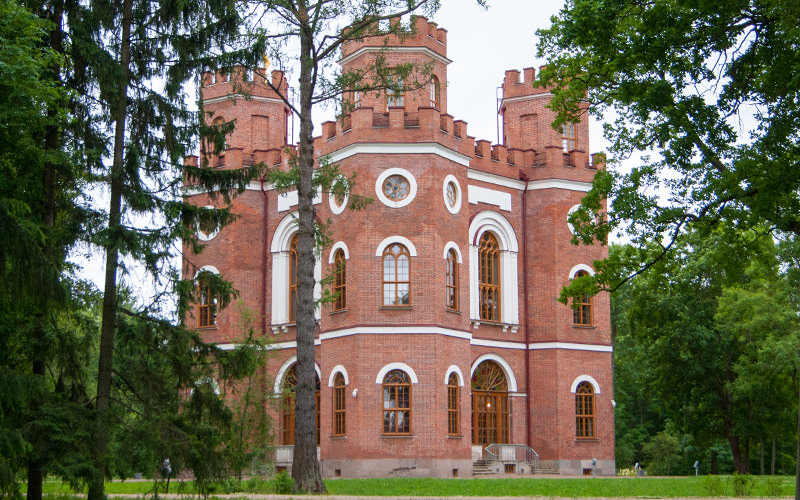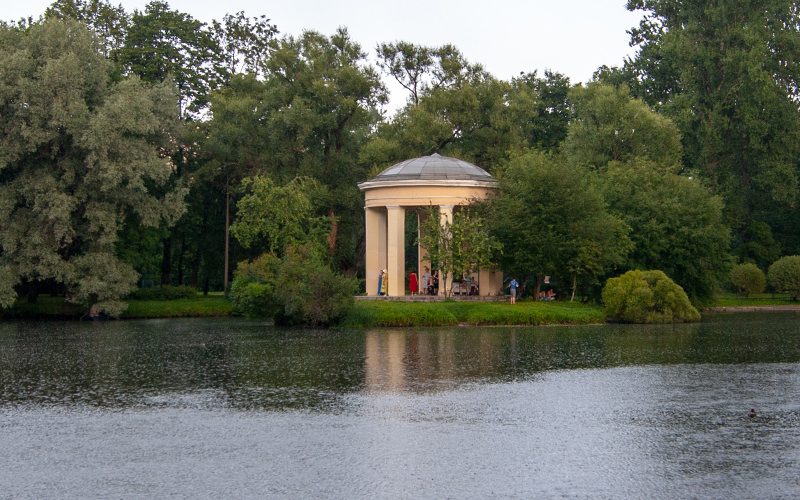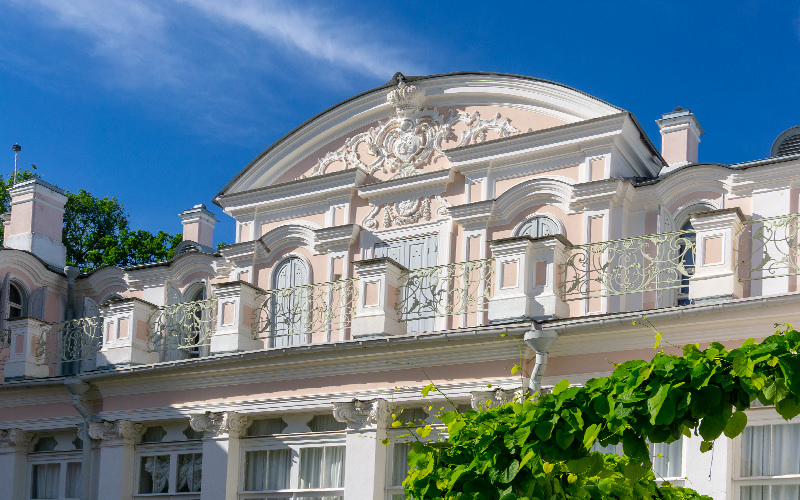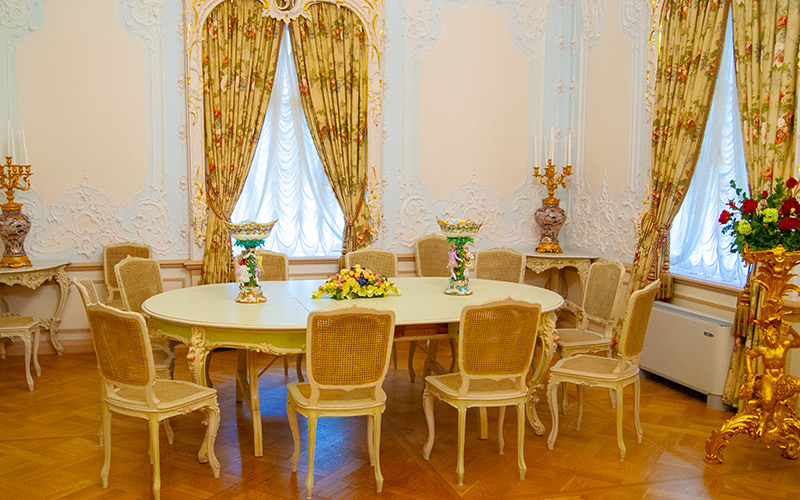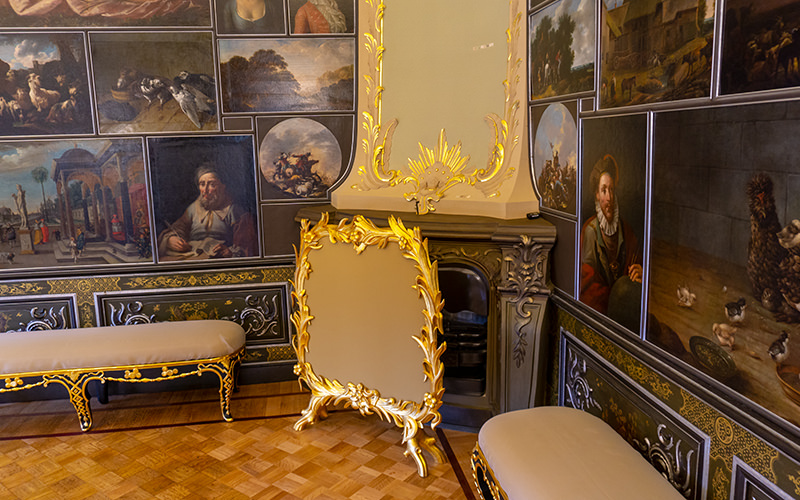Oranienbaum is a palace and park ensemble located 40 kilometers from St. Petersburg. The park is situated in the town of Lomonosov, which was also called Oranienbaum until 1948. This unusual name translates from German as "bitter orange tree" or "orange tree." The shrub is also depicted on the city’s coat of arms.
How to Get There
Like many other parks around St. Petersburg, Oranienbaum can be reached by car, bus, or electric train.
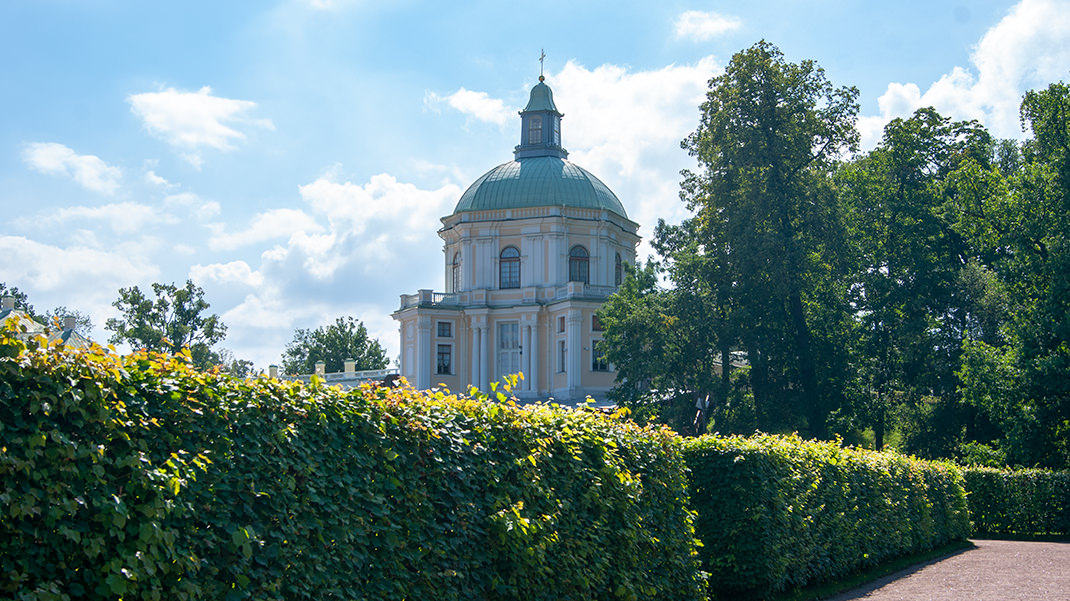
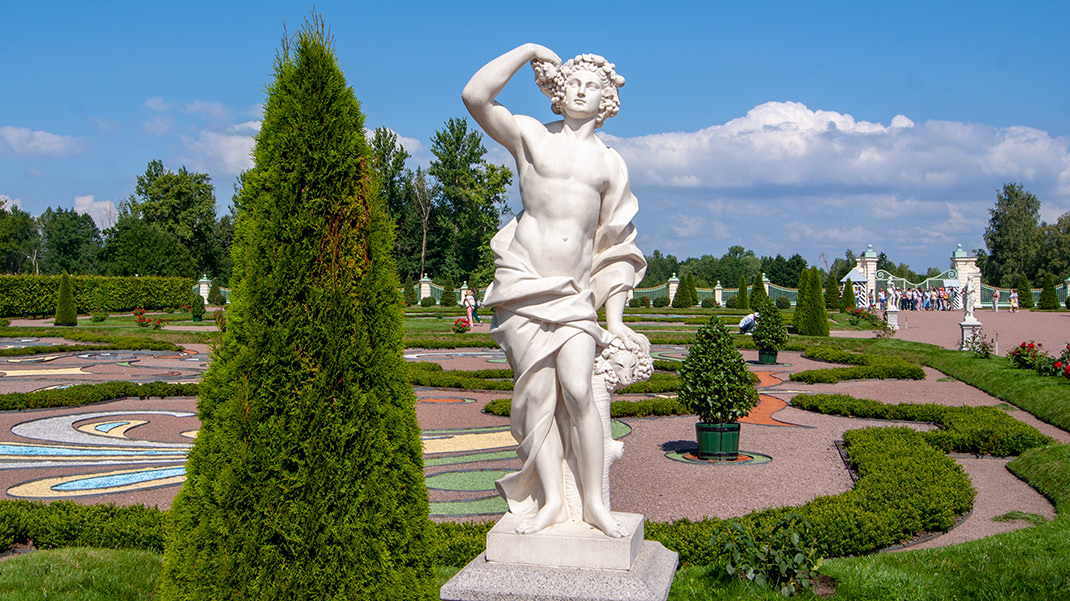
For our trip from St. Petersburg, we chose a minibus: they run from the “Avtovo” or “Baltijskaya” metro stations. It’s advised to travel from “Avtovo” to avoid traffic congestion. You can reach Oranienbaum with minibuses No. 300, 424a, 404, and bus No. 200. Finding the boarding place is easy due to the large queue. The journey took us about 40 minutes, and the fare was 80 rubles.
The entrance fee is 900 rubles (summer 2024).
We visited Oranienbaum on a Friday and opted for the electric train back to avoid traffic jams, choosing the train instead of the bus. The trains are infrequent, but there are “Lastochka” trains — comfortable trains with air conditioning. The journey takes about an hour, and the fare is 91 rubles (summer 2018).
History of Oranienbaum
The area was gifted by Peter I to Prince Alexander Danilovich Menshikov, who began the construction of the Grand Palace in 1711.
Over time, Oranienbaum became a residence for the future Emperor Peter III, who had a mock fortress, Peterstadt, built on the grounds (only the palace and the Honorary Gates remain). Later, the park and adjacent buildings were owned successively by Alexander I, his brother Mikhail Pavlovich, and his wife Elena Pavlovna.

Like other parks around St. Petersburg, during the Soviet era, the buildings in Oranienbaum were used in ways not intended. For example, the Grand Palace and the Palace of Peter III housed a Forestry Technical School.
Oranienbaum is considered the only park near St. Petersburg that was almost untouched during the Great Patriotic War.
What to See
We began our tour with the so-called "regular garden," located behind the Grand Palace. The garden is crisscrossed with paths, including those leading to a dead end in a "green" maze of shrubs. It features several original statues, flower beds, and flowerbeds throughout the territory.
The area east of the garden was closed for renovation in the summer of 2018, so we moved deeper into the park. We skipped the tour of the Grand Palace due to the large queue and only viewed the building from the outside. At the entrance to the territory adjacent to the palace, there is a bitter orange tree, referencing the name of the area.

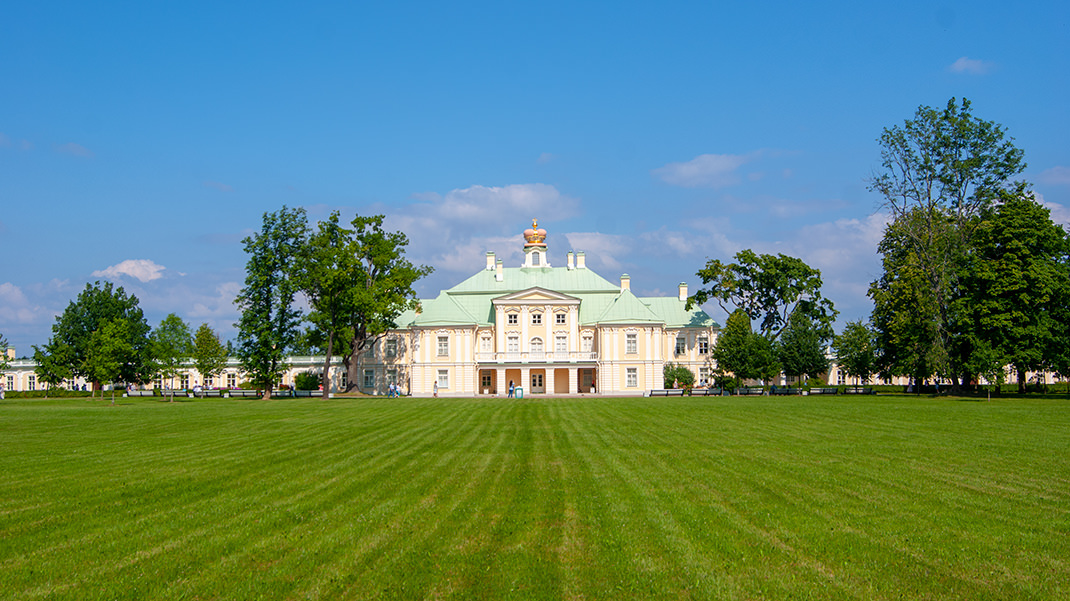
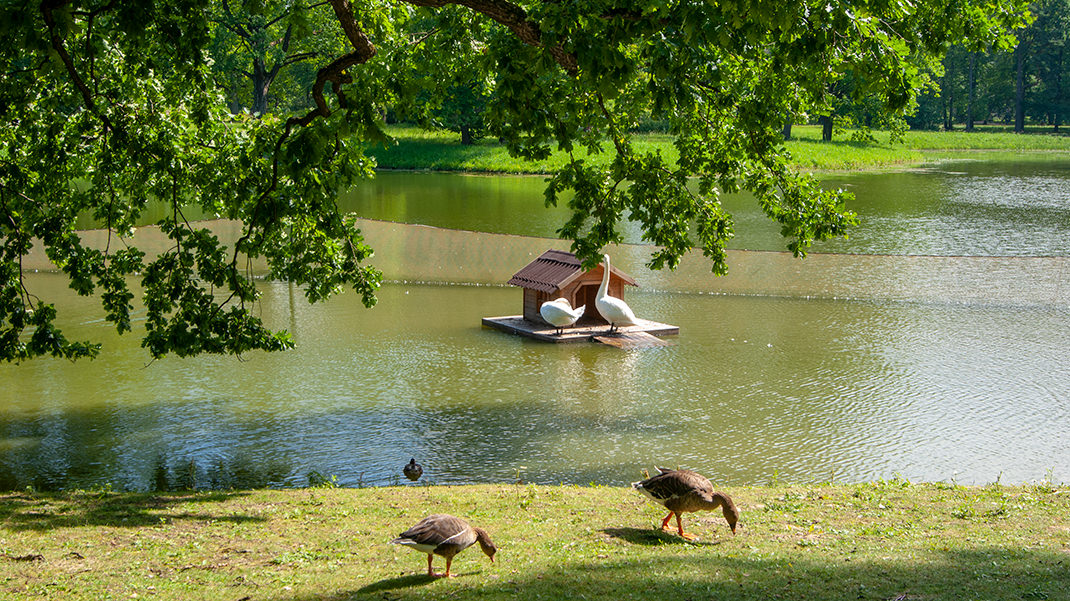
Next, we proceeded to the Cavalier’s Corps. Along the way, you can admire the swans and geese inhabiting Karpov Pond. The Cavalier’s Corps also has several enclosures with various animals: peacocks, goats, and deer. The animals in the zoo look very well-kept and content.
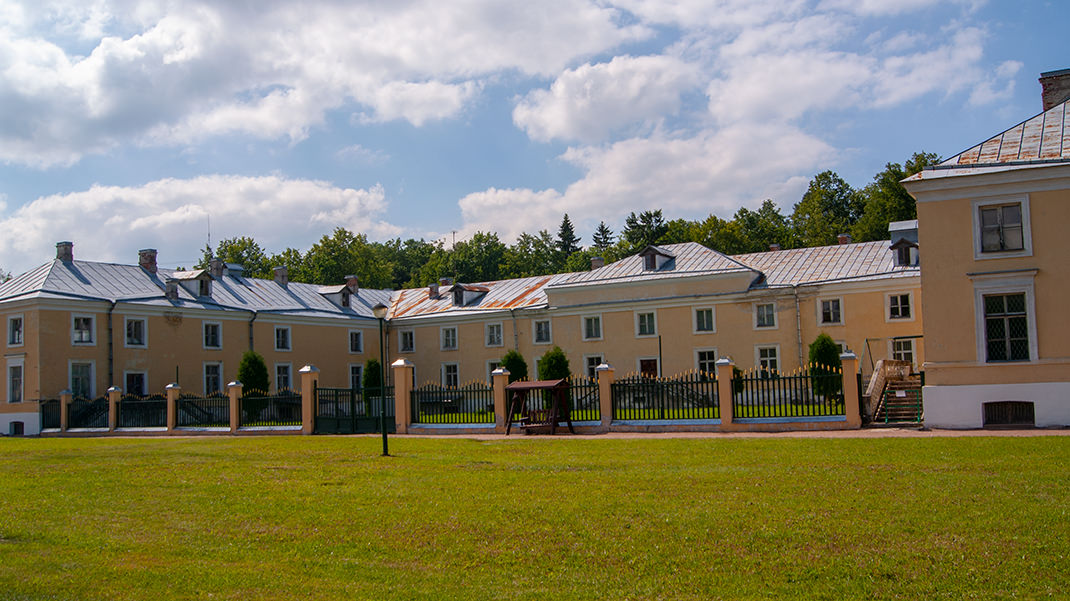
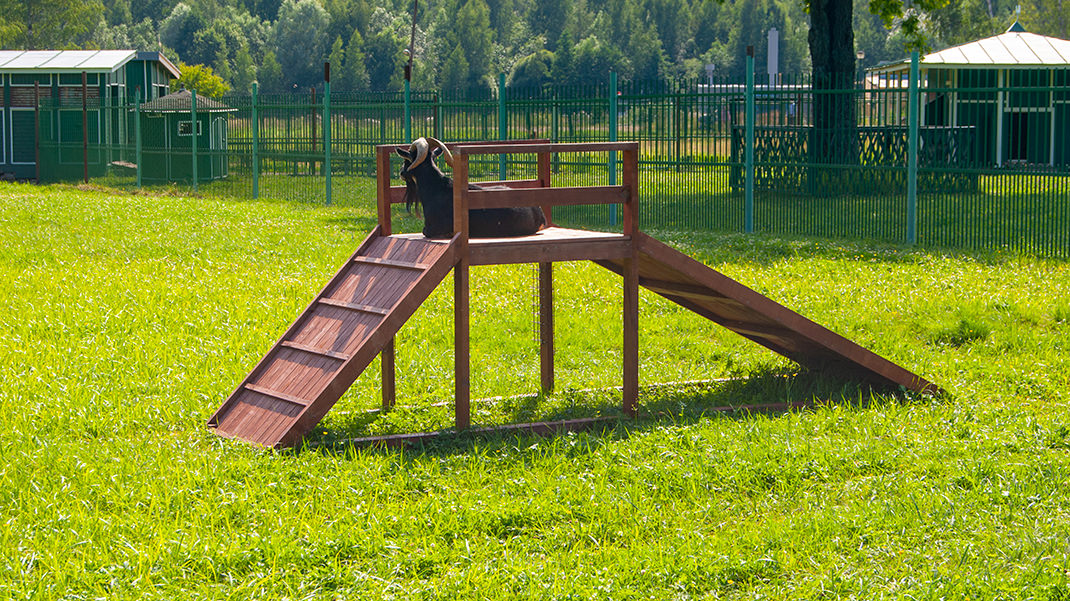
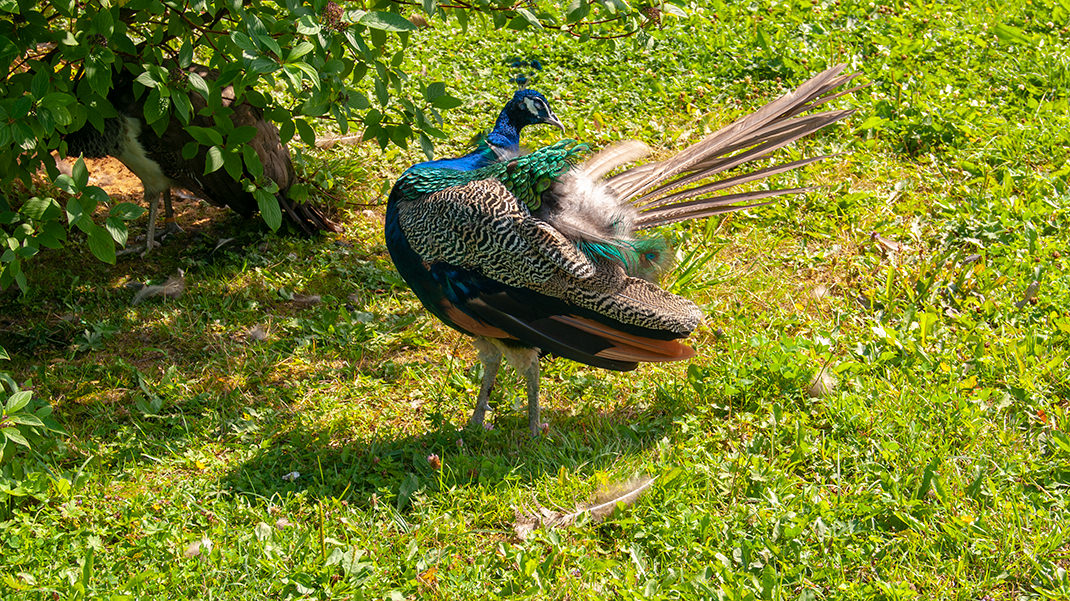

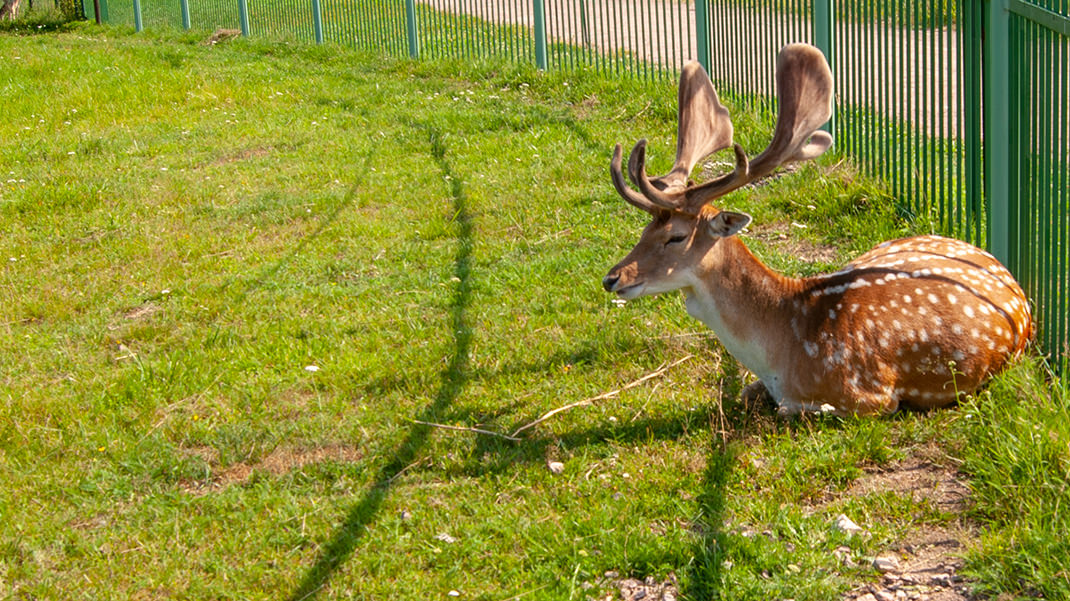
The next attraction in the park is the Chinese Palace. Due to the high window openings on the first floor, the palace looks very grand and unusual. It is the only architectural monument in the Rococo style in Russia. Like the Chinese Theater in the Alexander Park, the Chinese Palace was built during a period of fascination with the East.

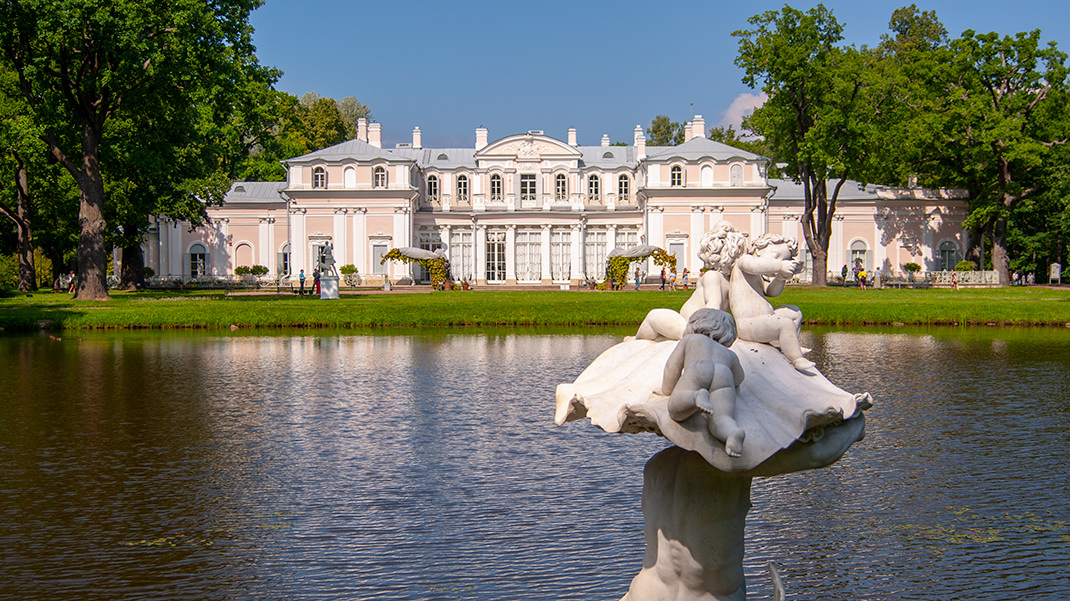
The area adjacent to the palace features many diverse sculptures and structures, and there is also the Chinese Pond. Notably, there is a pergola — a very beautiful structure surrounded by flowers and greenery.
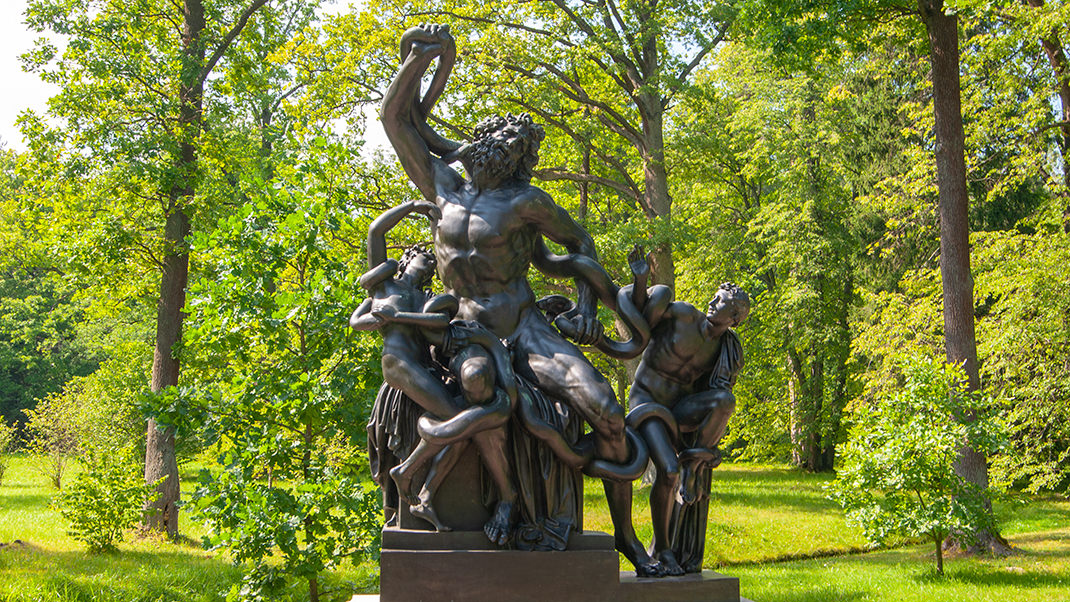
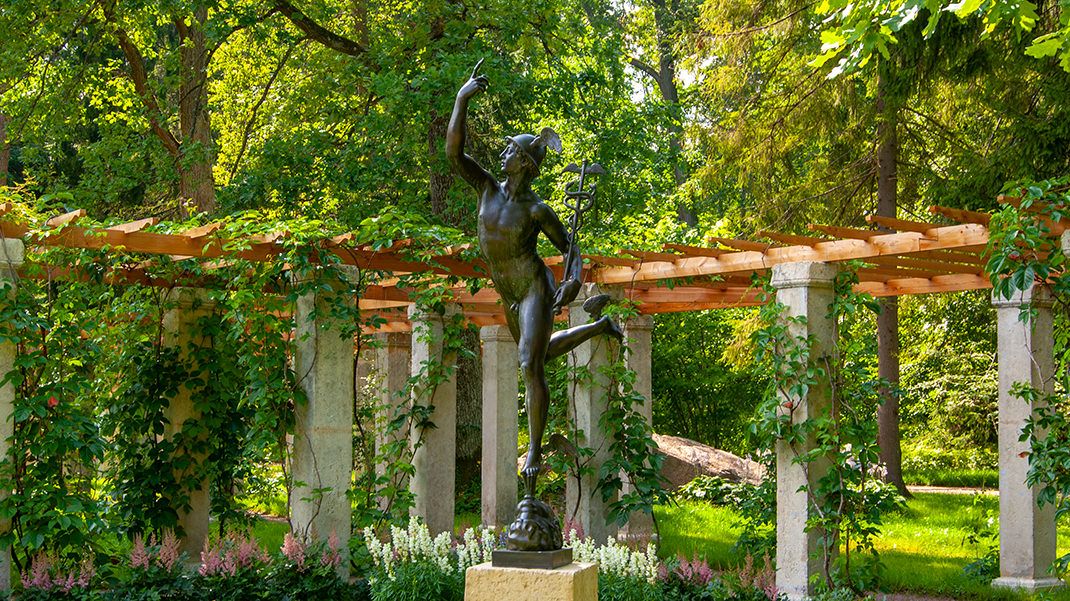
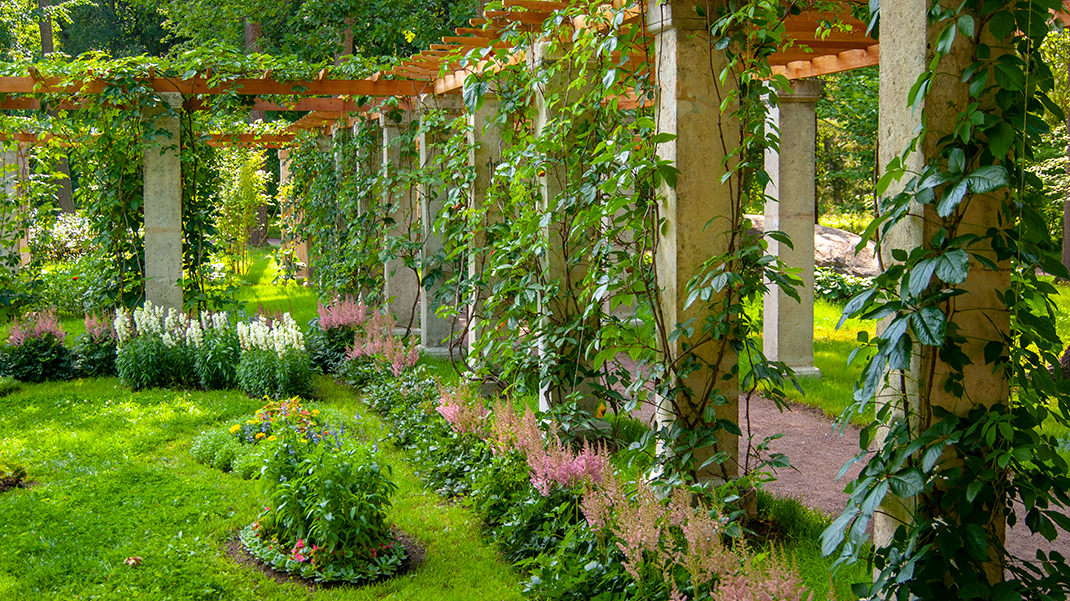
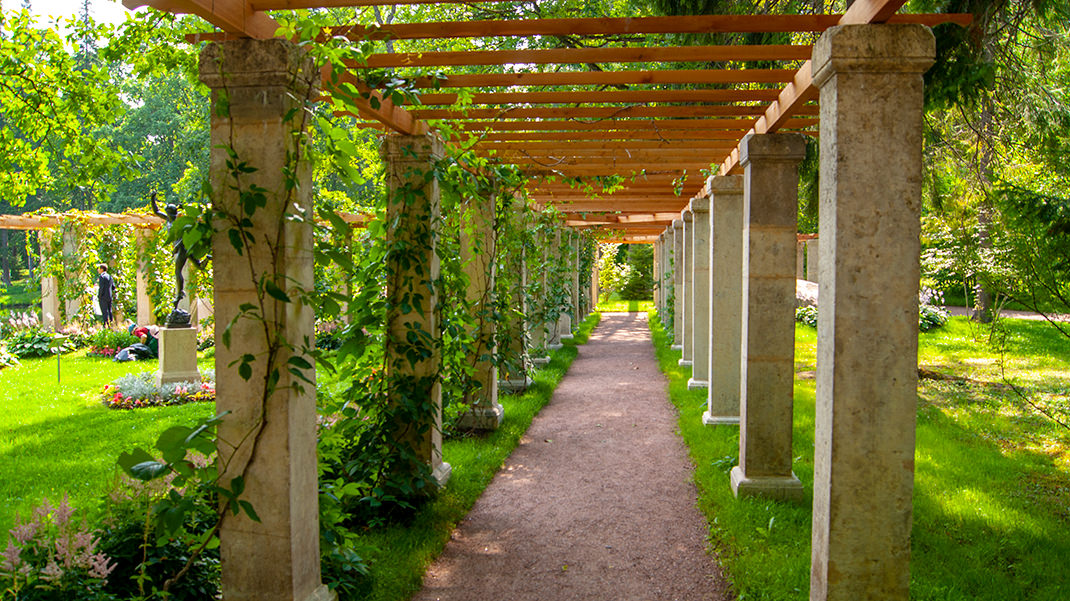
We headed back and reached the pavilion of the Sliding Hill. The building, 33 meters tall, stylistically resembles the structures in Catherine Park. As the name suggests, the pavilion was used for the popular Russian amusement — sliding down the hill. The descent began from a height of 20 meters. The slide had three tracks, with a width of up to six meters. Carts were lifted with special devices.
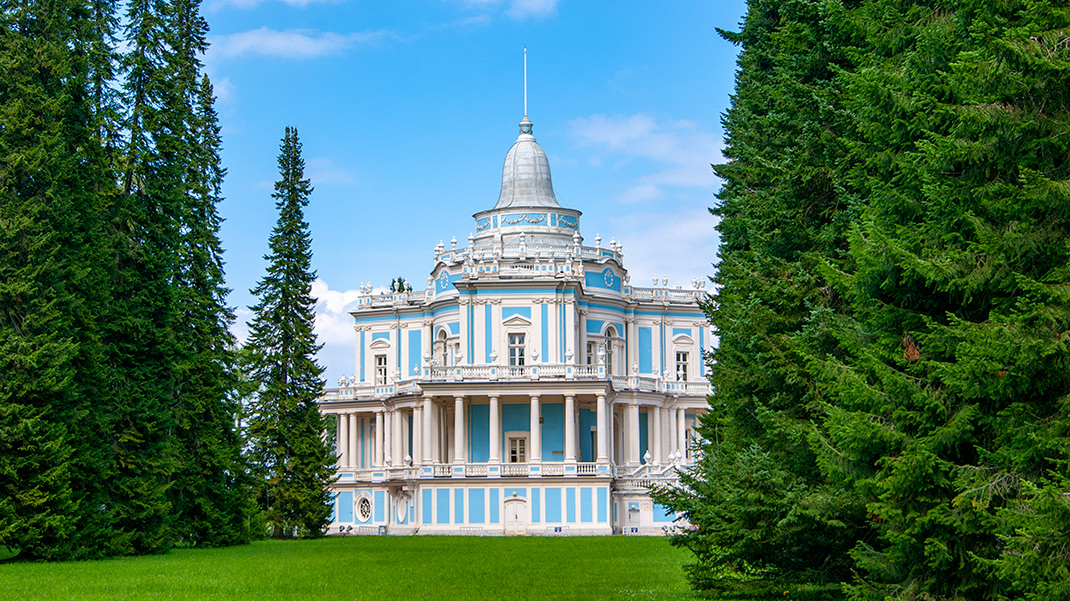
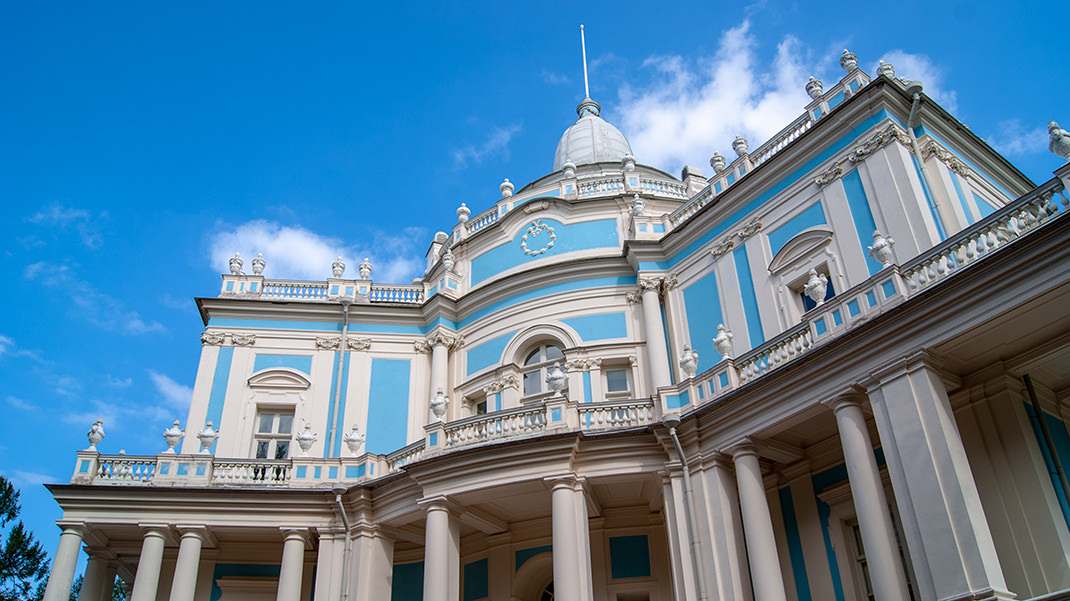
The last point of our journey through Oranienbaum was the Stone Hall. The pavilion was also used for entertainment events and had a hall with a stage. Celebrations were held both inside the pavilion and outdoors.
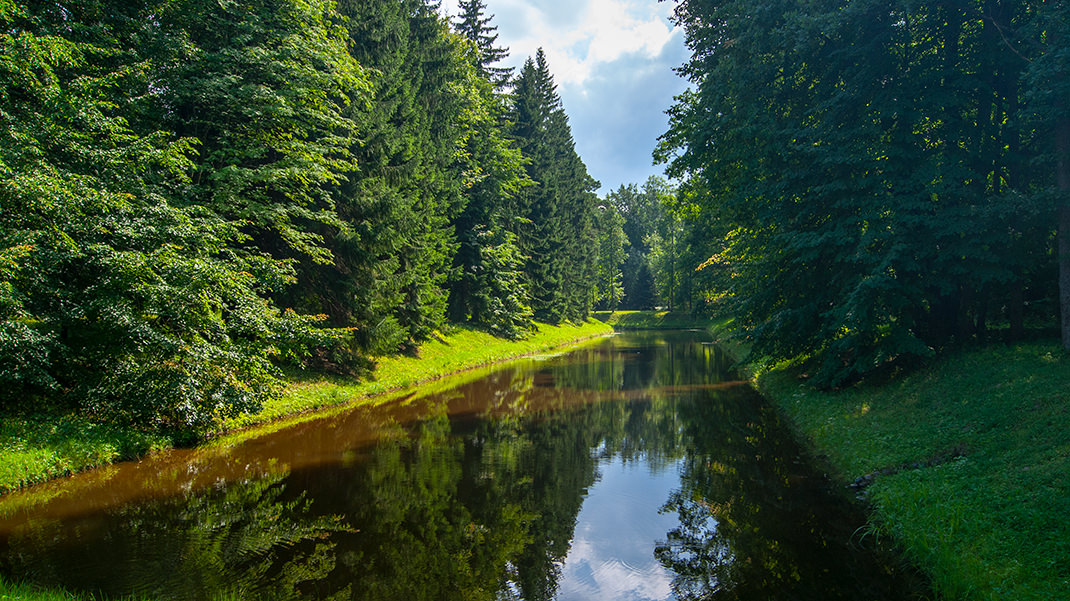
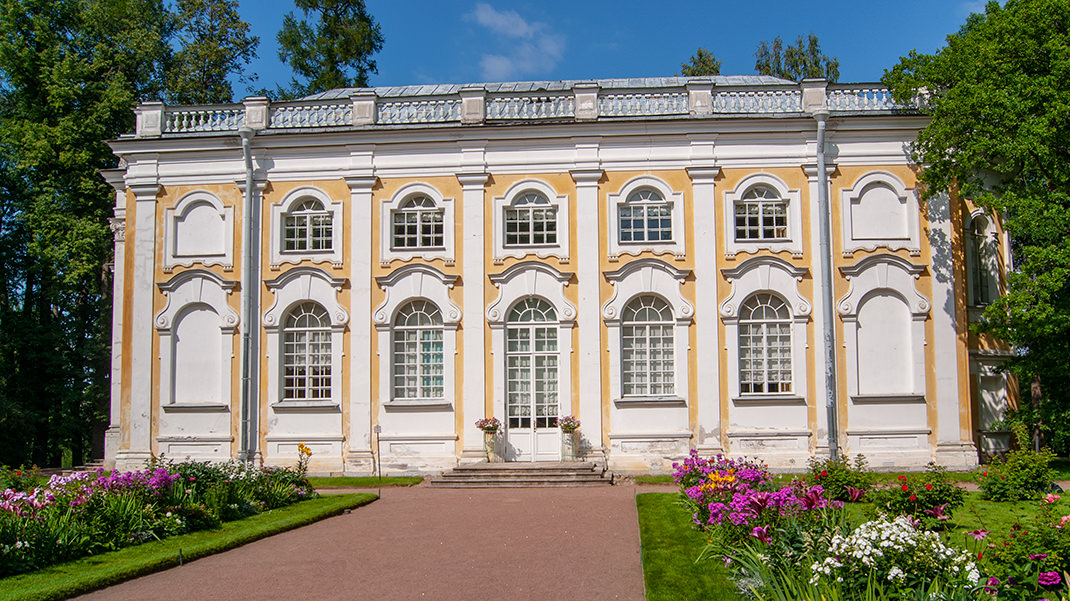
We left the park area.
Finally, a piece of advice: we had some trouble with dining options in Lomonosov. In one café, we were served expired sauce, and at the “Pishchka” at the train station, we found cat fur — fortunately, not in the plate, but on the windowsill. Perhaps it was just an off day for us, and the city isn’t as spoiled with tourists, but it’s better to exercise extra caution.
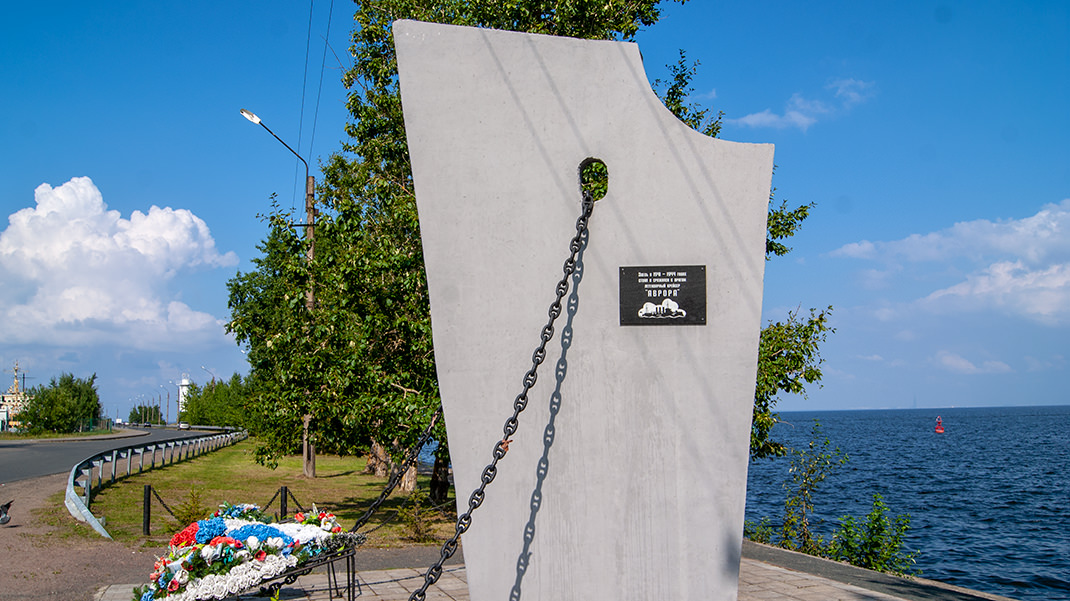
By the way, the minibus to Lomonosov also passes through Peterhof; if you leave in the morning, you might have time to visit St. Petersburg’s most famous palace and park ensemble.
In summary:
- A great park with fewer tourists;
- Oranienbaum offers many animals and is suitable for family outings;
- You can visit several palaces (additional entry fees apply).



